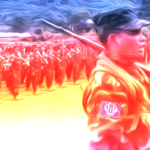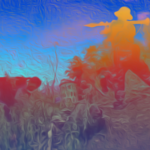
MoeMaKa July 12 2022 Danger of landmines, condition of no rule of laws in both urban and rural A young school-aged boy was killed by a landmine when he went to pick up bamboo shoots in the forest in Ann…
News Features on Burma & Burmese issues

MoeMaKa June 27 2022 Lacking Military Strategies PDFs are escalating attacks in Central Divisions against Myanmar Military. They have guerrilla warfare, ambushing, road-side-bombing and trapping-home-made-bombs and interception attacks. They are now applying check-points on roads connecting one city to…